Concrete cutting is no easy job; there is no point trying to sugarcoat it. However, it doesn’t have to be impossible. Due to the nature of the job, many people prefer to leave it for professionals to cut their concrete and this ensures that they incur an extra cost.
So how do you make your concrete cutting exercise easier than it is? Well, if you are here, then you are in the right place. This guide provides comprehensive and detailed information on how to use a concrete saw – because this is how you can make concrete cutting easier to carry out.
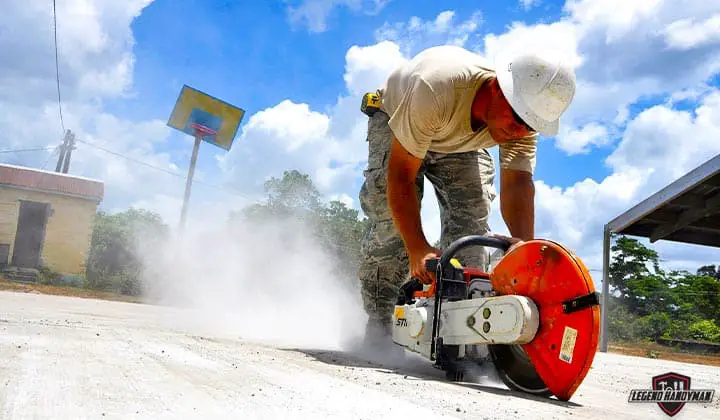
There are two sides of concrete; there is the permanent, heavy-duty, tastefully-finished, smooth, weather-resistant surface that we all love to see. There is also the side of concrete that is strenuous to repair, replace or cut. It is almost impossible to do without the latter side of concrete; to have the side you love, you need to do the work of the side you hate – that’s just how it is.
You are here already! Let’s get started.
In this post we'll cover:
How to Use a Concrete Saw
Here are the things to know about how to use a concrete saw. Note that the points listed in this guide are in the form of tips. The combination of what to do, what not to do and what to focus on will help you get the proper use of a concrete saw. The result is you achieving your aim of making the job of concrete cutting easier and getting the right cut.
Choosing the right tool for the job
This could be the most important choice you have to make when it comes to concrete cutting. It is this point that many DIY users go wrong; they try to make use of tools such as chisel and sledgehammer to get the job done. While these tools are not exactly ineffective, they are not the best choice for a job that requires precision and accuracy.
Our recommendation is to go for a concrete saw, particularly a specialized circular saw with a high current power range. This is ideal for a heavy-duty job. Even professionals whose job involves specialized and more heavy-duty concrete cutting will benefit from this.
Choosing the right diamond blade
You cannot cut through concrete with a concrete saw without having an accompanying diamond blade. Now that you have known this; you have to decide which diamond blade is more adept to the work at hand.
There are three types of diamond blades used for concrete cutting; this makes for the choice available to you.
- Abrasive Corundum Masonry Blades: cheap, readily available on the market and possess the ability to cut through concrete as well as asphalt (proving their potential for commercial use). Nevertheless, this is an economical choice.
- Dry-Cutting Diamond Blade: comes with a serrated or toothed rim (in most cases) that helps to cool the blade; also to eject waste while the tool is in use. The best choice for concrete cutting that involves making a series of gradually deeper cuts. The downside to using dry-cutting is the amount of dust that accompanies it while the tool is in use.
- Wet-Cutting Diamond Blade: can come with teeth or smooth; the water helps to cool and lubricate the blade while it is in use. It also helps to reduce the amount of dust that is a by-product of using a concrete saw. Gives the fastest and cleanest cut, making it the best choice for jobs that prioritize precision and accuracy.
Make sure that the material is hard enough for the concrete saw. Yes, when the material is too soft for the diamond blade, it stops working. This is something you need to ensure before you start working. Also, the harder the material, the sharper the diamond blade gets.
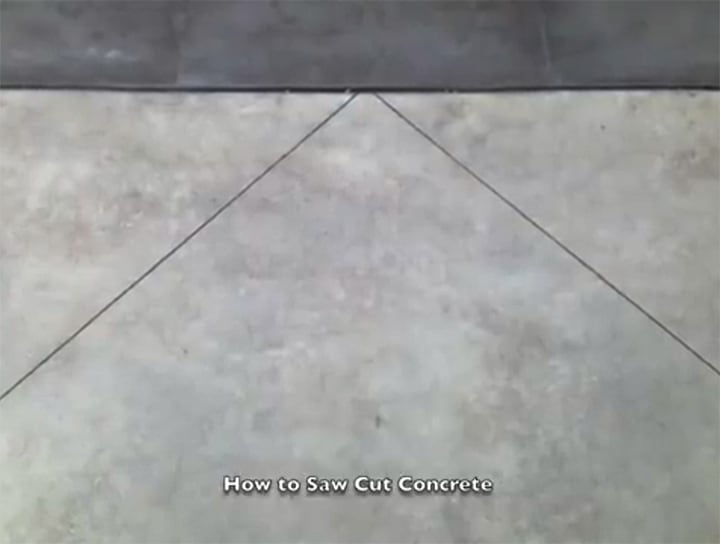
The main job of the diamond blade is to effortlessly slice through concrete surfaces and structures and make your job easier.
Things to Do While Using the Saw
- Start with a single surface cut. This is the best way to begin your concrete cutting because doing this will let you mark an exact area in which to make your cuts along.
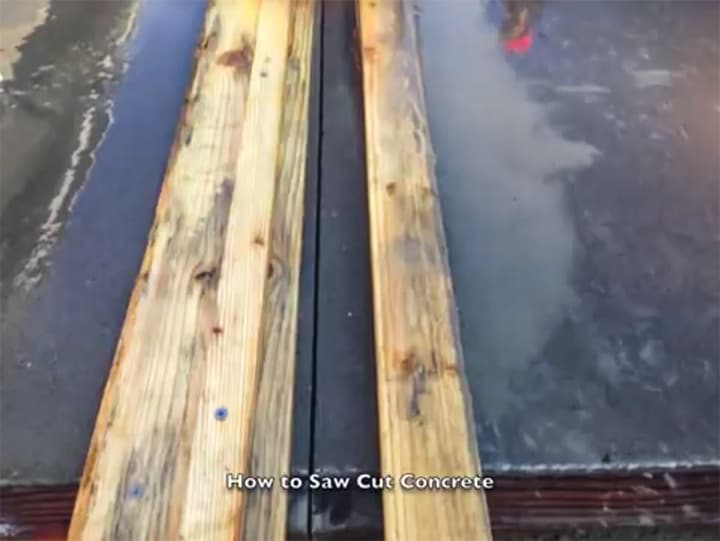
- Retract the blade and let it run freely for every 30 seconds when cutting the concrete. Do this to ensure that the saw doesn’t overheat.
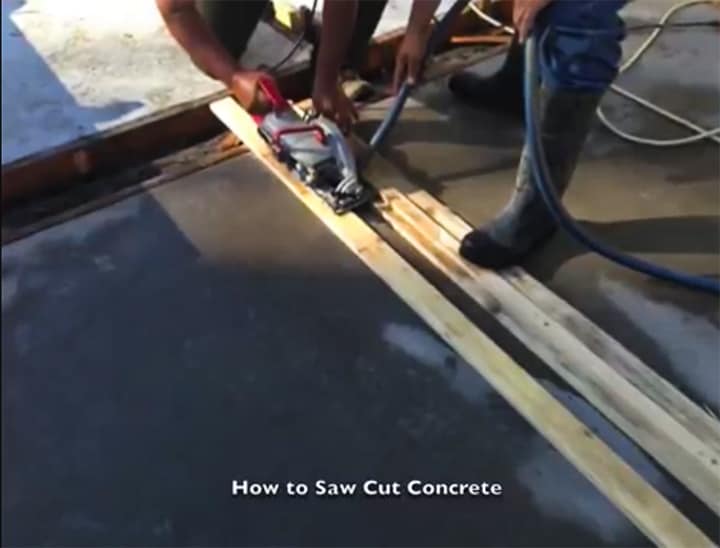
- Wear protective gear when using the saw. This is to prevent your body from harmful materials such as debris that can lead to minor and serious injuries.
Things Not To Do
- Don’t force the blade into the concrete surface or structure; exerting too much pressure on the saw negates the recommended way of handling the saw, which is to let the saw’s weight do the cutting.
- Don’t forget to map out the area that you intend to cut
How to Use a Stihl Concrete Saw
Stihl concrete saw is one of the most impressive and effective tools for cutting concrete. Stihl concrete saws of the finest quality and suitable for heavy-duty jobs.
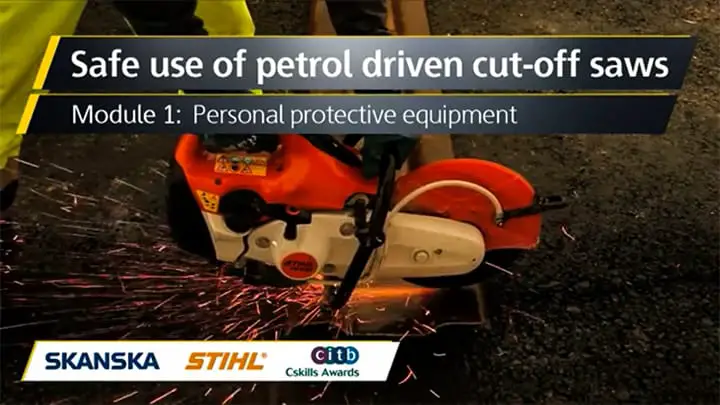
Watch how to use Stihl concrete saw here.
How to Use a Walk Behind Concrete Saw
Walk-behind saw concrete saw (also known as a cut-off saw) is perfect for everything from trenching to patch repairs to concrete cutting to asphalt application.
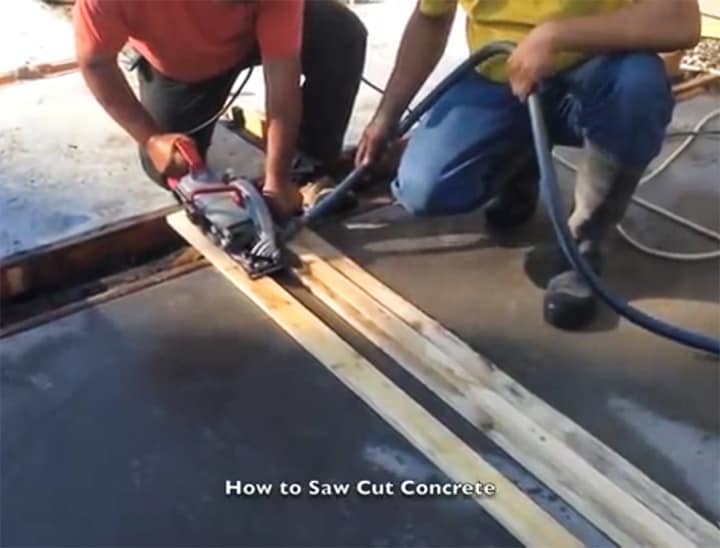
For more on how to use a typical walk behind concrete saw, watch it here.
Conclusion
The proper use of a concrete saw is not rocket science – far from it. There is a common saying in the business that: “concrete is hard, cutting doesn’t have to be as hard.” However, the only way to achieve this is to ensure that you have the right tool to do the job.
Concrete saw is just what you need to get the job done to get that side of concrete that you love to see.
I'm Joost Nusselder, the founder of Tools Doctor, content marketer, and dad. I love trying out new equipment, and together with my team I've been creating in-depth blog articles since 2016 to help loyal readers with tools & crafting tips.
